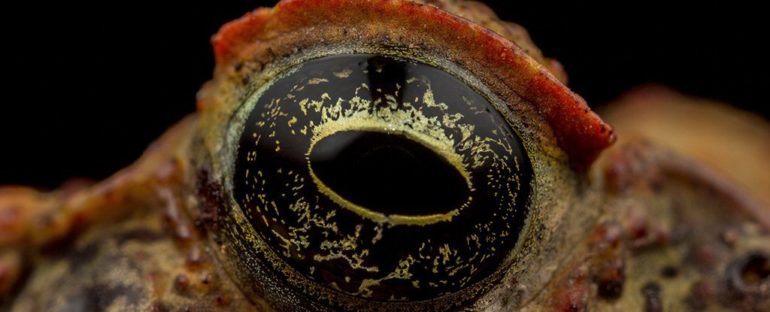Since their introduction to Australia in 1935, cane toads (Rhinella marina) have been rapidly devouring their way across the northern part of the continent. Their feasting bonanza, unchecked by predators or parasites evolved to deal with their toxicity, has seen their numbers explode.
There are now so many cane toads, natural selection has favored more cannibalistic tadpoles, a new experimental study has just revealed.
Initially introduced to Australia in an attempt to control local cane beetles (Dermolepida albohirtum) to protect sugar cane industry in the country’s northern state of Queensland, the original 102 individual toads now count somewhere in the 200 millions, with densities around 10 times those in their native South American habitats.
Cane toads are toxic as both adults and tadpoles, which has caused massive problems for Australian predators like the adorable northern quolls (Dasyurus hallucatus). Now rare, these marsupial predators have almost wiped themselves out trying to eat the toads and succumbing to their toxins.
Cane toad tadpoles usually graze on algae and decomposing organic matter. While they’re known to be occasionally cannibalistic in their native lands and have been caught munching on each other even as adults, researchers had a hunch that the intense boom of cane toad numbers in Australia might have boosted their cannibalistic tendencies.
To test this, University of Sydney ecologist Jayna DeVore and colleagues ran over 500 trials comparing native South American tadpoles with Australia’s feral population.
They offered the tadpoles an empty container, or a container with a tadpole hatchling in it. The tadpoles from Australia were almost 30 percent more likely to enter the container with the hatchling, whereas those from South America showed no preference. Hatchlings were also over 2.5 times more likely to be gobbled up by Australian tadpoles than those from their original habitat.
“Cannibalism therefore shifts from an opportunistic behavior in the native range to a targeted response in Australia, whereby tadpoles cease their normal foraging activities upon detecting hatchling cues in order to locate and consume [them],” the team wrote in their paper.
To see if this heightened preference for cannibalism has prompted any other evolutionary changes, the researchers took some measurements during tadpole development.
They discovered that tadpoles from Australia have evolved strategies to reduce the duration of their vulnerable hatchling stage: The tadpoles are growing rapidly during the pre-feeding stage of their development.
But this has come at a cost. The later stages of development of Australian tadpoles were slower than those from South America, indicating “an evolutionary arms race between the cannibalistic tadpole stage and the vulnerable egg and hatchling stages in invaded habitats”, the researchers explained.
Australia’s invasive cane toads’ increased penchant for cannibalism could also explain findings from a previous study that discovered changes in the way adult toads travel. They now travel six times faster than their migrant ancestors, by moving in straighter lines – the first time path straightness has been identified as a hereditary trait in animals.
This increased dispersal ability accelerates the colonization of new, cannibal-free habitats, DeVore and team explained.
While this sort of predator/prey-driven natural selection is well documented between many species, it hasn’t been shown as clearly within a single species before.
All these changes have occurred in just 86 years – although with a rapid reach of sexual maturity, that still means quite a few generations of toads – and really displays the power of evolutionary pressures in shaping all forms of life.
This research was published in PNAS.



